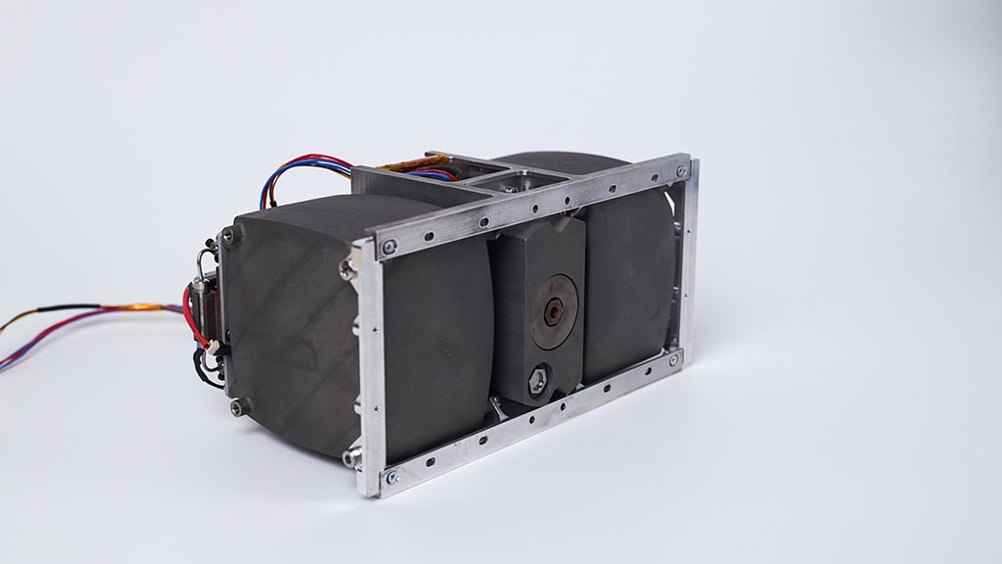UK’s SteamJet chosen for Artemis II offshoot
A novel water-based propulsion unit from UK startup SteamJet Space Systems will help power a Korean CubeSat on NASA’s upcoming Artemis II Moon mission.

Unlike most other space propulsion systems, SteamJet’s Steam Thruster One uses low-pressure water as its main propellant. It produces a nominal thrust of 6mN at 20W, making it suitable for orbital adjustments and collision avoidance onboard CubeSats and small satellites. According to the start-up, using water makes it greener and safer than the high-pressure, toxic propellant systems widely relied upon by the space sector.
The technology is now set to be deployed on the K-RadCube, a satellite developed by South Korea’s NaraSpace. After launching as part of Artemis II’s payload, the CubeSat will be sent into a highly elliptical orbit to study Earth’s Van Allen radiation fields.
K-RadCube’s first orbit will reach an apogee of approximately 70,000km and a critically low perigee that would cause the spacecraft to re-enter Earth’s atmosphere. To avoid this, the SteamJet propulsion unit will perform a continuous 12-hour burn to raise the perigee to around 200km, preventing atmospheric re-entry and allowing the satellite to carry out its scientific mission. If successful, SteamJet said the manoeuvre will represent one of the longest single burns ever conducted in orbit by a water-based propulsion system.
Register now to continue reading
Thanks for visiting The Engineer. You’ve now reached your monthly limit of news stories. Register for free to unlock unlimited access to all of our news coverage, as well as premium content including opinion, in-depth features and special reports.
Benefits of registering
-
In-depth insights and coverage of key emerging trends
-
Unrestricted access to special reports throughout the year
-
Daily technology news delivered straight to your inbox










Breaking the 15MW Barrier with Next-Gen Wind Turbines
Hi Martin, I don´t have any detailed parameters for the 15MW design other than my reading of the comment in the report ´aerodynamic loads at blade-tip...